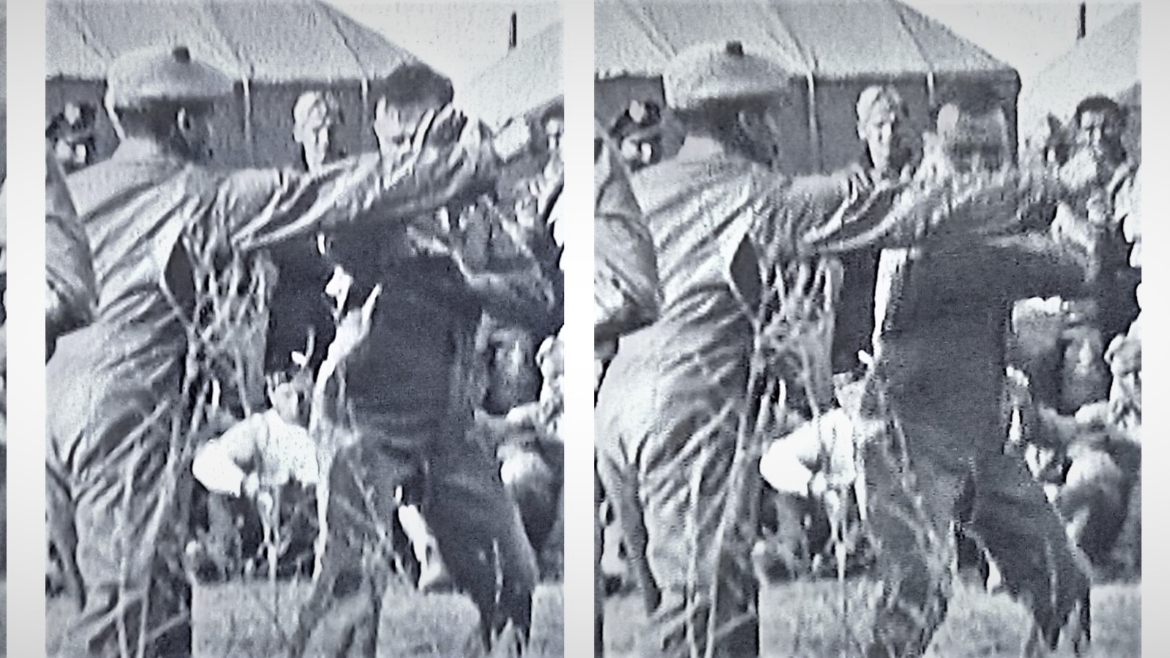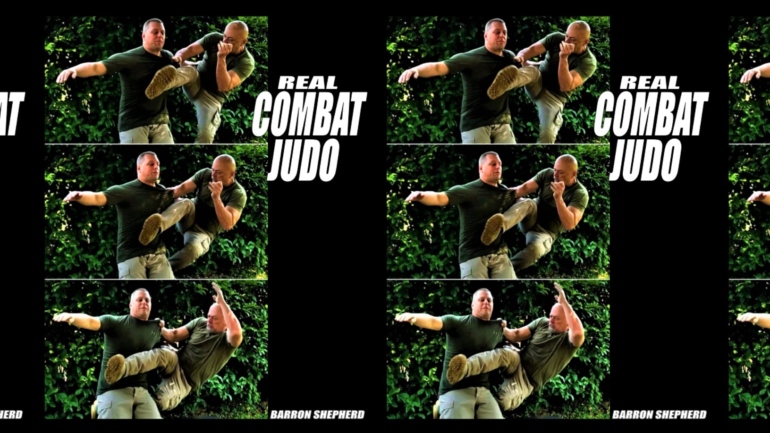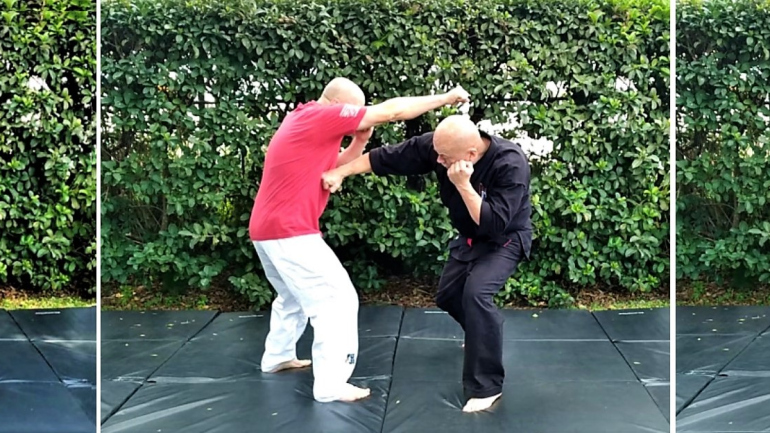The cross-arm guard, referred to in combatives circles as the O’Neill Cover is often credited to Pat O’Neill. Dermot Pat O’Neill was the legendary hand to hand combat instructor for the FSSF First Special Service Force the precursor special forces group to the Green berets and army special forces. O’Neill’s methods differed from his mentor Fairbairn as in that O’Neill was tasked to train commandoes to fight in close quarter combat behind enemy lines. On this type of mission taking on multiple combatants from all angles and directions was a distinct possibility. What O’Neill came up with turned out to be an extremely effective fighting method for extreme close quarter fighting.
Most of what we see today about the O’Neill method largely comes from post WWII resources. However, what is in the resources doesnt seem to be at the heart of what O’Neill taught during WWII to the First Special Service Force. The only real record of the methods he taught the famous special forces unit comes from just a few seconds of vintage film footage taken during training. These few seconds are very telling. O’Neill shows a cross arm guard fighting position for in close fighting.
 Dermot “Pat” O’Neill blocks a punch with his lead hand and counters with an elbow strike.
Dermot “Pat” O’Neill blocks a punch with his lead hand and counters with an elbow strike.
The O’Neill Cover/Cross arm guard can be applied against a variety of attacks as well as employ a variety of counter attacks. A Reflexive instinctive action, the O’Neill cover can be easily executed from a non-violent position. It protects against high-line and mid-line attacks while lock and loading your weapons system, chambering highly effective strikes for immediate counter ambush tactics. Elbow strikes and hacks can be applied to the face, neck, throat and body when an attacker grabs or attempts to grab, clinch or grapple you.
 Dermot “Pat” O’Neill parries a punch with his lead hand and counters with an elbow strike.
Dermot “Pat” O’Neill parries a punch with his lead hand and counters with an elbow strike.
O’Neill’s cross arm guard has many uses and applications in its variations from defensive to offensive. Defensively it served as a protective cover of the head and body to executing effective extreme close quarter counter fighting. A very effective means stopping straight punches, protecting the knock out points of the head, the jaw, nose, and mouth. One of the best guards for protecting the head, while allowing you to set up devastating counters.
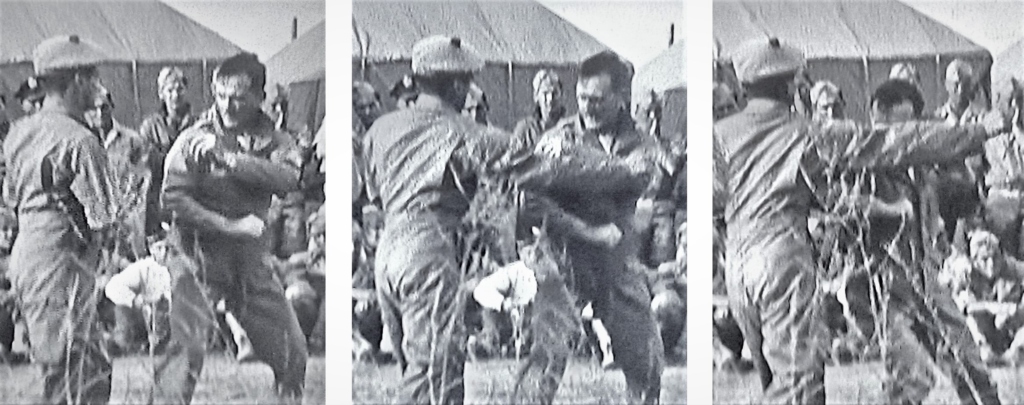 O’Neill blocks a punch with his rear hand, grabs his opponent’s arm and moves in for and elbow strike.
O’Neill blocks a punch with his rear hand, grabs his opponent’s arm and moves in for and elbow strike.
The O’Neill cover brings both hands into use and can be extremely effective in extreme close quarters when the gap between you and an adversary has closed very rapidly and one is hard pressed by an assailant, off balance, in an awkward position, trapped in a corner or against a wall.
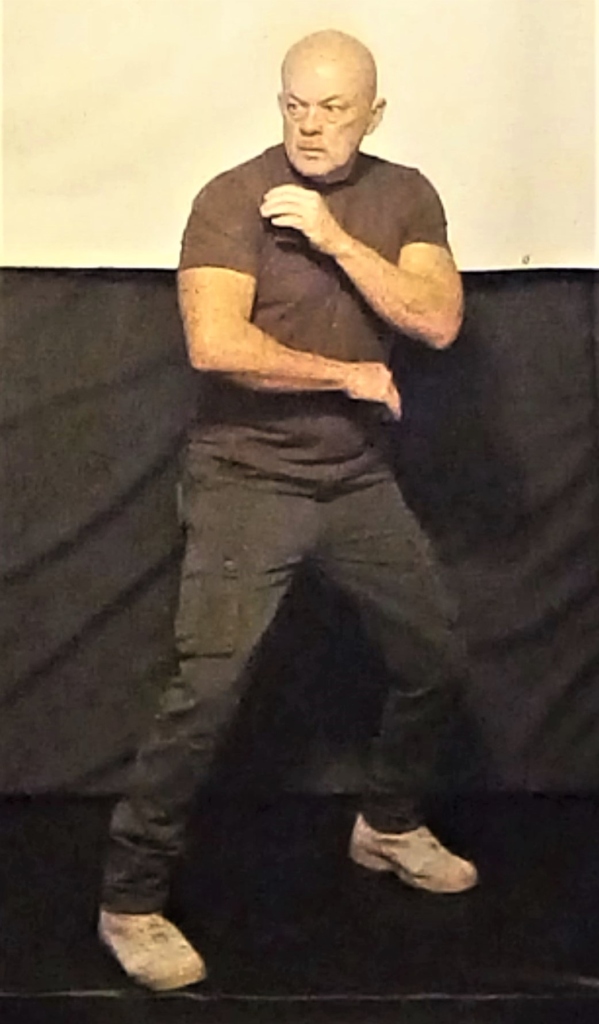 The O’Neill Cover or cross arm guard allows for effective protection against high line and low line attacks, attacks from multiple angles. It has a posture that offers a multitude of defensive and offensive/counter offensive options.
The O’Neill Cover or cross arm guard allows for effective protection against high line and low line attacks, attacks from multiple angles. It has a posture that offers a multitude of defensive and offensive/counter offensive options.
From a bladed off position, right side forward, bring the left forearm, bent at the elbow, across the upper body the left hand is positioned right at the right shoulder. The right hand is close to and directly across the front of the body just above the waist. The left arm covers the heart and left ribs and can be raised to protect the chin and face. The lead arm protects the mid-section and as well as the ribs on the lead side. The forearms and hands are turned inward toward your body with the palms opened slightly.
VARIATION
The lead shoulder can be brought up tight against side of the face to help protect the chin. The shoulder protects the face while the hand is ready to parry punches and strikes.
The Cross Hock Takedown
One of the most versatile throws in combat judo is the cross hock take down. This takedown/throw can be found on pages 59-61 of the 1971 US Army FM 21-150 other wise known as Deal The First Deadly Blow. The 1969 and 1971 US Army FM 21-150 Combatives Field manuals would see the O’Neill method added (pages 72-98 in the 1969 FM 21-150 and pages 51-76 in the 1971 FM 21-150) along with the Combat Judo method and even further elaborated on in the Sept. 1992 US Army FM 21 -150 train the trainer FM which superseded the 71 US Army FM 21-150.

- From the O’Neill cover step in and block the opponent’s right round house punch and deliver a right elbow strike to the ribs.
- Your right hand then comes up under his arm and grasps it along the tricep and bicep as your left arm circles over the top of his right arm and traps it tight into your side. Simultaneoulsy step forward with your left foot to the outside of his right foot just past his toes.
- Kick forward thru between your left leg and his right leg. Reap your right leg hard backwards sweeping the opponent’s right leg off the ground and into the air and pull his arm and shoulder downward to the ground to finish the throw
O’Neill’s Cross arm guard stance vs Knife
Knife attacks happen up close and personal. O’Neill’s cross arm guard provides natural and highly reflexive position to fight from. Whether the opponent has a knife in the forward or reverse grip, O’Neill’s cross-arm guard is effective against the most common knife attacks and instinctive reactions allow for higher percentage effective counter measures. At close distance adopting an extended variation of the O’Neill cover (below) serves quite well as a means to avoid a low line stabbing attack to the mid-section.
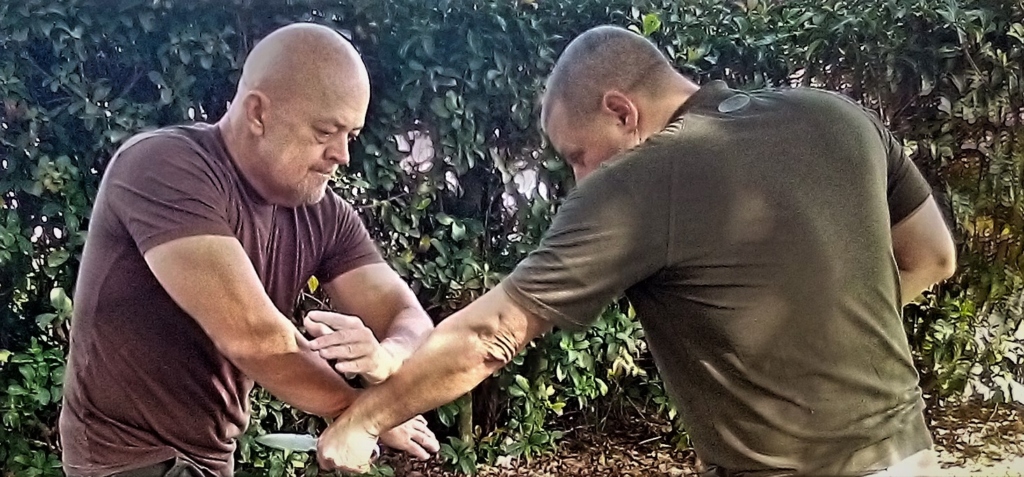 The forearms extend outward striking the attacker on the forearm. Execute the movement while hollowing your mid-section and butt out and away from the blade then move forward to the outside to gain control of the knife wielding arm.
The forearms extend outward striking the attacker on the forearm. Execute the movement while hollowing your mid-section and butt out and away from the blade then move forward to the outside to gain control of the knife wielding arm.
Interested in more information like this article order Combat Judo to Kajukenbo by Barron Shepherd in ebook format for 9.99 usd.
